In the bustling landscape of education, educators often find themselves navigating the tumultuous waters of disruptive classroom behavior. A symphony that occasionally veers off-key, requiring a maestro’s touch to orchestrate harmony once more. Embracing this challenge as an opportunity for growth and transformation is where the magic truly lies. By delving into uncharted territories of innovative pedagogy, teachers can uncover hidden gems within these moments of chaos, turning them into stepping stones on the path to student success.
Table of Contents
- Creative Solutions for Classroom Chaos: Thinking Outside the Box
- Understanding Disruptive Behavior
- Harnessing the Power of Art Therapy
- Cultivating Mindfulness Practices for Classroom Chaos Transformation
- Fostering Collaboration Through Projects
- Embracing Technology for Engagement
- Building Supportive Classroom Structures
- Comprehensive Professional Development
- Nurturing Positive Relationships With Students
- Transforming Chaos Into Growth Opportunities
Creative Solutions for Classroom Chaos: Thinking Outside the Box
Enter unconventional strategies – the unsung heroes in our educational narratives. These innovative tools serve as lanterns casting light into the shadows of challenging behaviors, paving the way for a supportive and enriching learning environment. As we embark on this journey through unexplored terrain, we invite you to join us in reshaping disruptions into opportunities for creativity, resilience, and profound learning experiences.
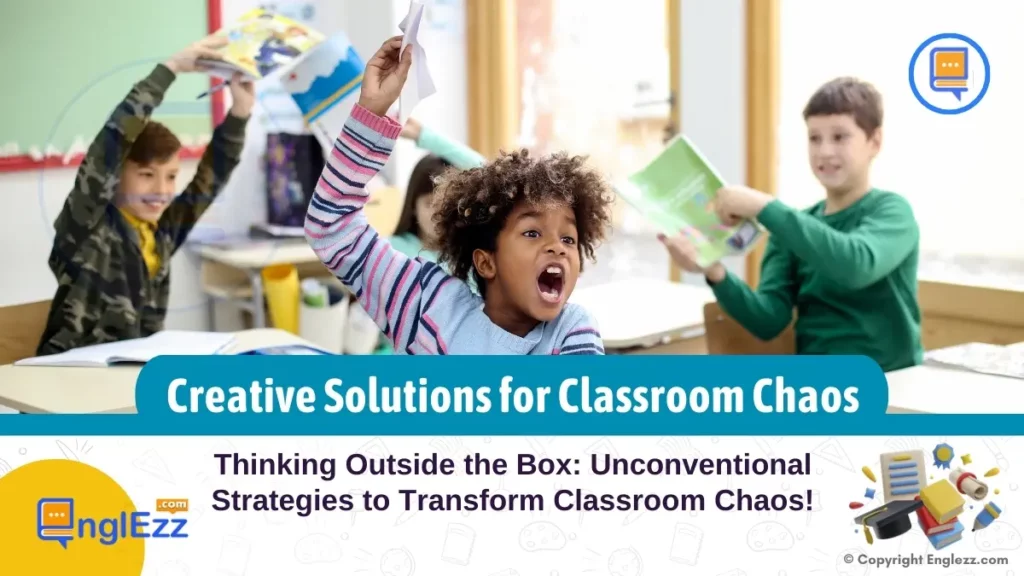
Together, let’s unravel the mysteries of classroom chaos and discover the transformative power it holds when met with insightful solutions and unwavering dedication to student growth. Dare to dream beyond conventions; let’s create new chapters in the story of education – where chaos becomes a canvas for innovation and learning thrives amidst adversity.
Understanding Disruptive Behavior
Disruptive behavior in the classroom often serves as a signal of unmet needs or underlying challenges that students may be facing. By delving deeper into the root causes of disruptive behaviors, educators can gain valuable insights to inform their interventions effectively. For instance, a student constantly disrupting class discussions might be struggling with attention deficits or unresolved emotional issues stemming from external stressors. Instead of solely focusing on punitive measures, educators can opt for a more compassionate and holistic approach by addressing these underlying issues through personalized support strategies.
Traditional disciplinary methods, such as detention or suspension, may not always yield the desired outcomes when it comes to managing disruptive behaviors. In contrast, adopting alternative strategies that emphasize understanding and connection can lead to more sustainable solutions. For example, rather than reprimanding a student for outbursts in class, a teacher could initiate open dialogues to uncover the factors triggering such reactions. Building trust through empathetic communication and active listening can foster a supportive environment where students feel heard and valued, paving the way for collaborative problem-solving approaches.
Educators embracing unconventional techniques to tackle disruptive behavior recognize that fostering positive relationships and addressing individual needs is key to creating an inclusive and nurturing learning space. By shifting their focus from merely correcting behaviors to proactively supporting students in overcoming obstacles, teachers can establish lasting connections that empower students to navigate challenges constructively. This paradigm shift encourages educators to see beyond surface-level disruptions and engage with students in a manner that promotes empathy, resilience, and mutual growth within the educational setting.
Harnessing the Power of Art Therapy
In the realm of educational strategies to address disruptive behavior, art therapy emerges as a powerful tool to nurture emotional well-being and promote self-expression among students. By integrating art therapy techniques into the classroom curriculum, educators can tap into the transformative potential of creativity. Through painting, drawing, or other artistic mediums, students are provided with a safe space to externalize their emotions and experiences. For instance, a student who struggles with verbal communication may find solace in expressing their feelings through visual art, unraveling intricate thoughts that were previously locked within.
Art-based activities not only serve as an expressive outlet but also cultivate essential communication skills vital for personal growth. In a vibrant classroom setting adorned with colors and creative endeavors, students experience a shift from chaos to coherence as they navigate their inner landscapes through brush strokes and sketches. Moreover, fostering an environment where unique perspectives are celebrated through art allows students to feel valued and heard in ways beyond conventional academic discourse. This unconventional approach to addressing disruptive behaviors lays down the foundation for holistic development by acknowledging the interconnectedness of emotional expression and cognitive growth.
The amalgamation of art therapy principles with traditional educational practices holds immense potential in reshaping classroom dynamics. Art is not merely about creating aesthetically pleasing works but delves deeper into unveiling layers of emotions lurking beneath the surface. Through guided art sessions or open-ended projects, educators can witness firsthand the profound impact of self-expression on students’ self-esteem and overall emotional regulation. By embracing innovative strategies like art therapy, teachers embark on a journey towards nurturing authentic connections with their students while simultaneously fostering environments where every voice finds resonance amidst the chaos.
Cultivating Mindfulness Practices for Classroom Chaos Transformation
In the realm of education, mindfulness practices are increasingly recognized as powerful tools to address disruptive behaviors and create a harmonious learning environment. By integrating mindfulness exercises into daily classroom routines, educators can empower students to cultivate essential skills such as self-awareness, emotional regulation, and empathy towards their peers. Picture a scenario where students begin the day with a few minutes of deep breathing exercises or engage in guided visualization activities before embarking on their academic tasks. These practices not only set a positive tone for the day but also equip students with valuable tools to navigate challenges they may encounter.
Imagine a classroom buzzing with productivity as students participate in mindful movement activities like yoga stretches or simple breathing techniques between lessons. These activities serve as mental reset buttons, allowing students to refocus their attention and energy, thereby enhancing their resilience and concentration levels. Additionally, by reducing stress through mindfulness practices, students are better equipped to manage their emotions effectively, leading to improved overall well-being. Educators who embrace these strategies witness firsthand how mindfulness fosters a calmer and more focused learning environment conducive to academic success and personal growth.
As educators guide students through mindfulness practices, they lay the foundation for long-term benefits beyond the classroom. By instilling these habits early on, teachers help students develop lifelong skills that promote mental clarity, emotional balance, and healthy relationships with others. The ripple effects extend far beyond academic performance; they encompass holistic well-being and emotional intelligence crucial for navigating life’s complexities. Through intentional incorporation of mindfulness practices into the educational landscape, teachers embark on a journey of transformational impact that shapes not just student behavior but also their outlook on learning and interactions with the world around them.
Fostering Collaboration Through Projects
In the realm of classroom management, the power of collaborative projects shines as a beacon of unity and skill development. By encouraging students to work together on various initiatives, educators not only enhance the sense of belonging within their classrooms but also cultivate vital social skills that are transferrable beyond academic settings. Picture a scenario where students from different backgrounds come together to create a sustainability project; this not only sparks their creativity but also fosters an appreciation for diverse perspectives and teamwork. These collaborative endeavors become platforms for students to navigate challenges collectively, honing problem-solving techniques while celebrating each other’s strengths.
Beyond traditional academics, collaborative projects provide students with practical experiences that mirror real-world scenarios. Imagine a task where students have to construct a model city using recycled materials – here, they not only learn about urban planning and environmental awareness but also practice effective communication, compromise, and resource allocation in a dynamic team environment. By engaging in these hands-on projects, students develop essential life skills such as leadership, adaptability, and conflict resolution that are fundamental for success in both academic pursuits and future careers.
Moreover, collaborative initiatives serve as bridges connecting individuals with diverse learning needs and behavioral challenges. Through shared responsibilities and common goals, students learn to appreciate each other’s strengths and differences, fostering empathy and understanding within the classroom community. Whether it’s collaborating on an art exhibition or designing a science experiment together, these projects create safe spaces where every student’s contribution is valued, paving the way for positive peer interactions and nurturing an inclusive learning environment where diversity is not just accepted but celebrated.
Embracing Technology for Engagement
In the contemporary educational landscape, technology has emerged as a powerful ally in transforming classroom dynamics and engaging students in meaningful ways. By leveraging educational technology tools strategically, teachers can offer personalized learning experiences that cater to the diverse preferences and strengths of their students. For instance, imagine a language arts class where students immerse themselves in interactive storytelling through digital platforms, allowing them to not just read stories but become active participants in creating narratives. Such gamified lessons not only enhance engagement but also foster creativity and critical thinking skills among learners.
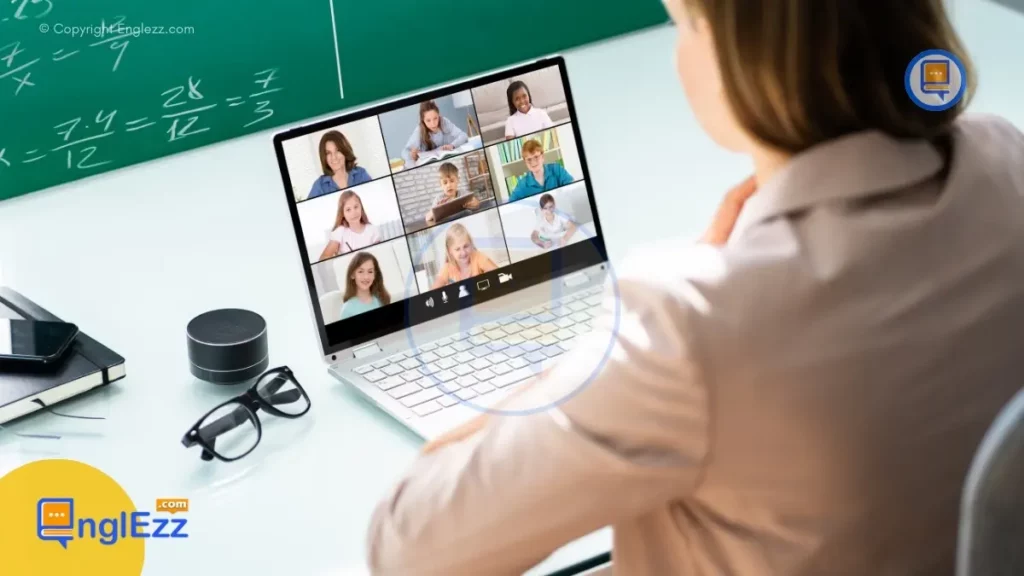
Moreover, the integration of virtual simulations can transport students beyond the confines of traditional textbooks, offering hands-on experiences in subjects like science and history. Picture a science lesson where students explore the human body through an immersive virtual reality journey or relive historical events through interactive simulations. These experiences make learning come alive, bridging the gap between theoretical knowledge and practical application while igniting curiosity and enthusiasm for academic exploration. By embracing such innovative technological tools, educators can inspire a love for learning that extends beyond the walls of the classroom.
Furthermore, digital portfolios serve as dynamic showcases of student progress and achievements, providing a platform for self-reflection and growth. Students can curate their work samples, reflect on their learning journeys, set goals, and receive feedback from peers and teachers in real-time. This not only empowers students to take ownership of their educational paths but also fosters a culture of continuous improvement and collaboration within the classroom community. By embracing technology for engagement, educators open doors to new possibilities for student success while nurturing essential skills for the 21st-century workforce.
Building Supportive Classroom Structures
In the journey to transform classroom chaos into cohesive learning environments, building supportive classroom structures plays a pivotal role. By creating inclusive spaces that honor diversity and cater to various learning styles, educators establish a foundation for positive behavior management outcomes. Imagine a classroom where students feel valued and understood, where each unique voice is celebrated as part of the rich tapestry of learning. In such an environment, students are more likely to engage with the material, connect with their peers, and thrive academically and emotionally.
Establishing clear expectations within these inclusive settings sets a roadmap for student success. When students understand what is expected of them and know the boundaries in place, they can navigate their academic journey with confidence. Consistent routines further reinforce this structure by providing stability and predictability, elements crucial for creating a safe space where students can focus on learning rather than uncertainties. Picture a classroom where every day starts with a familiar routine that sets the tone for productive learning experiences—this consistency breeds comfort and security among students.
Designated calming spaces offer sanctuaries within the classroom where students can retreat when feeling overwhelmed or in need of a moment to regroup. These areas serve as retreats for self-regulation, allowing students to recharge before rejoining their peers in the educational activities at hand. Moreover, providing opportunities for student voice empowers learners to express their thoughts, concerns, and ideas openly. By incorporating student input into decision-making processes within the classroom environment, educators foster a sense of ownership and community among learners, leading to more harmonious dynamics and increased engagement in academic pursuits.
Comprehensive Professional Development
Empowering educators through comprehensive professional development plays a pivotal role in equipping teachers with the tools needed to navigate classroom chaos effectively. By investing in ongoing training opportunities, educators can stay abreast of the latest trends and best practices in areas such as trauma-informed practices, restorative justice approaches, and social-emotional learning strategies. For example, workshops that focus on trauma-informed practices provide teachers with valuable insights into understanding and supporting students who have experienced adverse childhood experiences. This knowledge empowers educators to create a more compassionate and empathetic classroom environment that caters to the diverse needs of all learners.
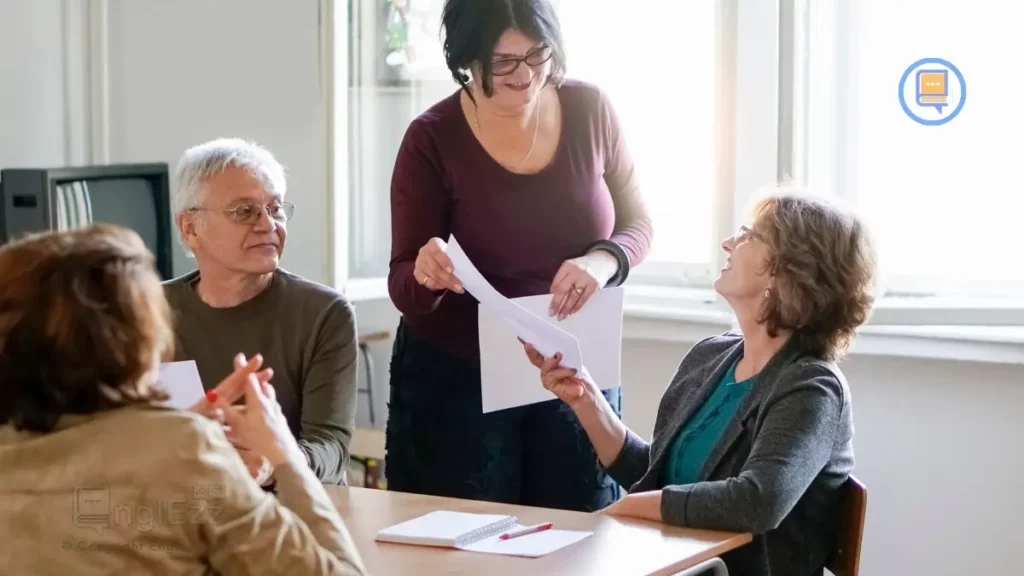
Furthermore, professional development workshops serve as platforms for teachers to refine their instructional methods based on evidence-backed research findings. Through collaborative sessions with colleagues, educators can share successful strategies for managing disruptive behaviors effectively. For instance, engaging in peer-led discussions on implementing restorative justice practices not only enhances classroom management skills but also fosters a culture of accountability and growth within the teaching community. These shared experiences contribute to a supportive network where educators can learn from one another’s successes and challenges, ultimately enhancing their capacity to create positive learning environments.
By embracing continuous professional development opportunities, educators embark on a journey of lifelong learning that enriches their teaching practice and benefits students immeasurably. As they engage in workshops focusing on social-emotional learning strategies, teachers acquire practical techniques to promote emotional resilience and self-regulation among students. This proactive approach not only helps prevent disruptive behavior but also cultivates an atmosphere of trust and understanding within the classroom. Ultimately, by empowering educators through targeted professional development initiatives, schools are better equipped to transform moments of chaos into valuable growth opportunities for both teachers and students alike.
Nurturing Positive Relationships With Students
In the realm of education, forming meaningful connections with students is akin to laying down the foundation for a fruitful academic journey. By prioritizing relationship-building efforts through regular check-ins, teachers have the opportunity to not only gauge student progress but also demonstrate care and empathy towards each individual’s unique needs. Picture a scenario where a high school teacher sets aside a few minutes before or after class each day for quick one-on-one discussions with students—this simple act paves the way for open communication channels and provides students with a safe space to voice their concerns or celebrate their achievements.
Moreover, engaging in empathetic listening sessions can further solidify these bonds, showing students that their thoughts and emotions are valued within the classroom community. Imagine a middle school teacher who actively engages in reflective listening during classroom discussions or private conversations; this practice promotes mutual respect and understanding between teacher and student, fostering an environment where every voice is heard and respected. Through such attentive interactions, educators can uncover underlying issues that may contribute to disruptive behavior while building trust-based relationships vital for effective classroom management.
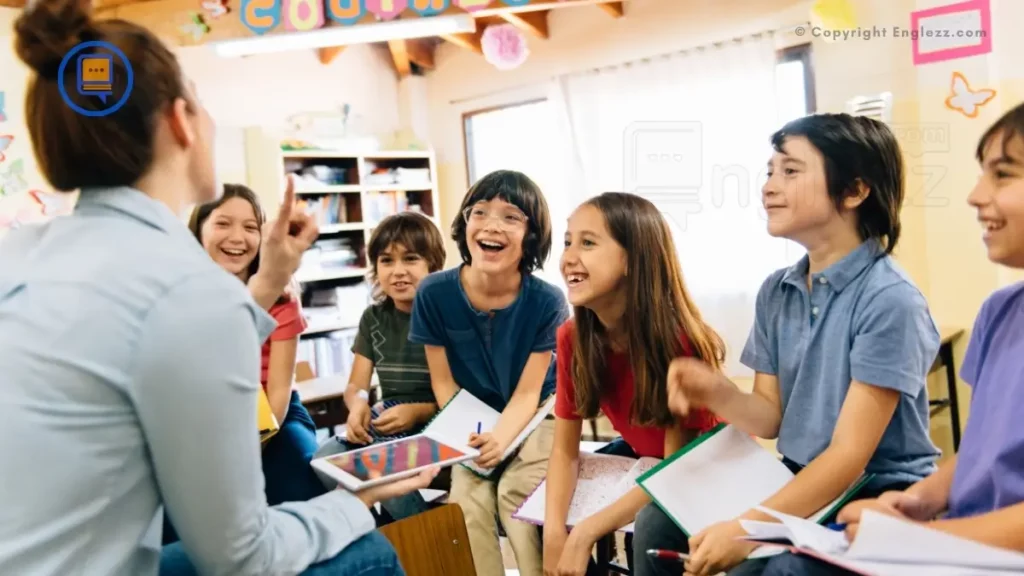
Additionally, implementing mentorship programs within schools can offer targeted support to students facing behavioral challenges by pairing them with caring adults who serve as guides and role models. Consider a program where older students act as mentors to younger peers struggling academically or behaviorally—the guidance and encouragement provided in these relationships not only enhance academic performance but also instill values of responsibility, compassion, and integrity. These initiatives not only strengthen student-teacher bonds but also cultivate a sense of belonging within the classroom ecosystem, creating a supportive network where every individual feels seen, heard, and valued.
Transforming Chaos Into Growth Opportunities
In the realm of education, where chaos can often overshadow learning, educators hold the transformative power to turn challenges into opportunities for growth and development. By weaving together innovative strategies that are grounded in creativity, mindfulness practices, collaboration, and technology integration, teachers can not only manage classroom chaos but also cultivate an inclusive environment where every student has the chance to flourish academically, emotionally, and socially.
As we journey through the dynamic landscape of education, it becomes increasingly evident that traditional solutions may fall short in addressing the diverse needs of students today. By embracing unconventional approaches and daring to think outside the box, educators open doors to a realm of endless possibilities where disruptive behavior is met with understanding and resilience.
Through a blend of art therapy, mindfulness practices, collaborative projects, technological engagement, and supportive classroom structures, teachers can sculpt a nurturing environment that nurtures potential, fosters connections, and paves the way for holistic student success. Together, let us embark on this enlightening voyage towards educational excellence by transforming chaos into learning opportunities that transcend boundaries and ignite the flames of lifelong discovery within each young mind.

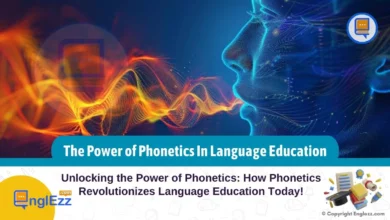


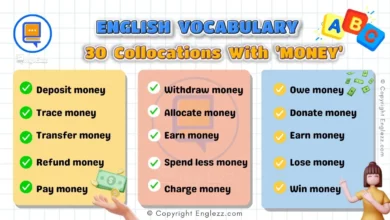

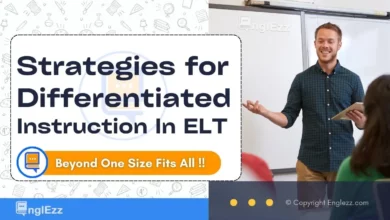


Unleash your creativity and conquer classroom chaos with our cutting-edge solutions. Embrace new ideas and strategies for a smoother teaching experience.